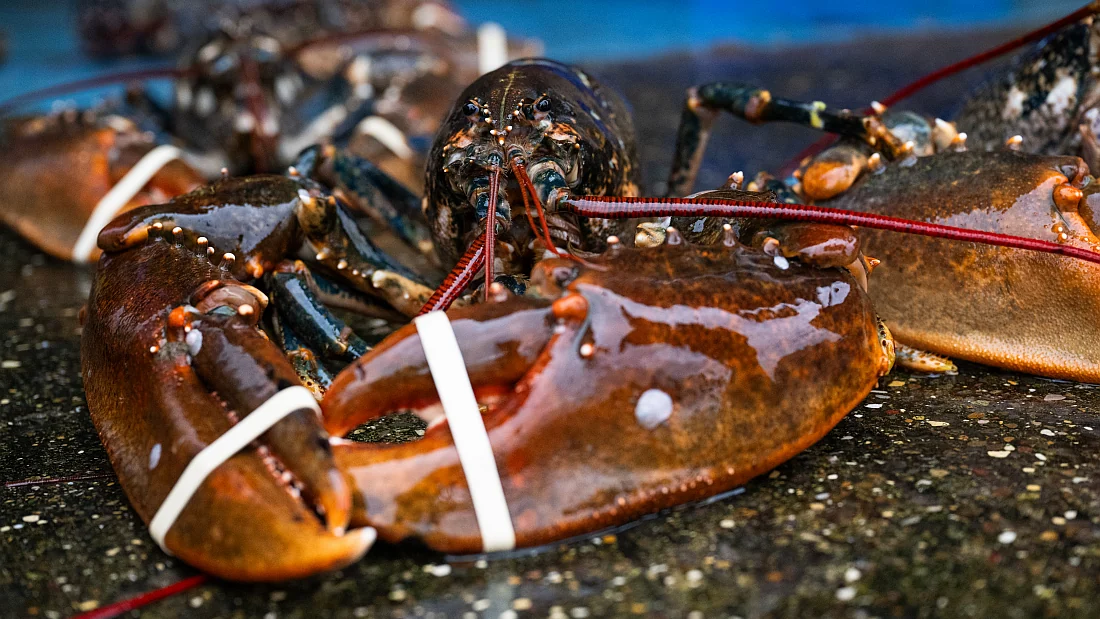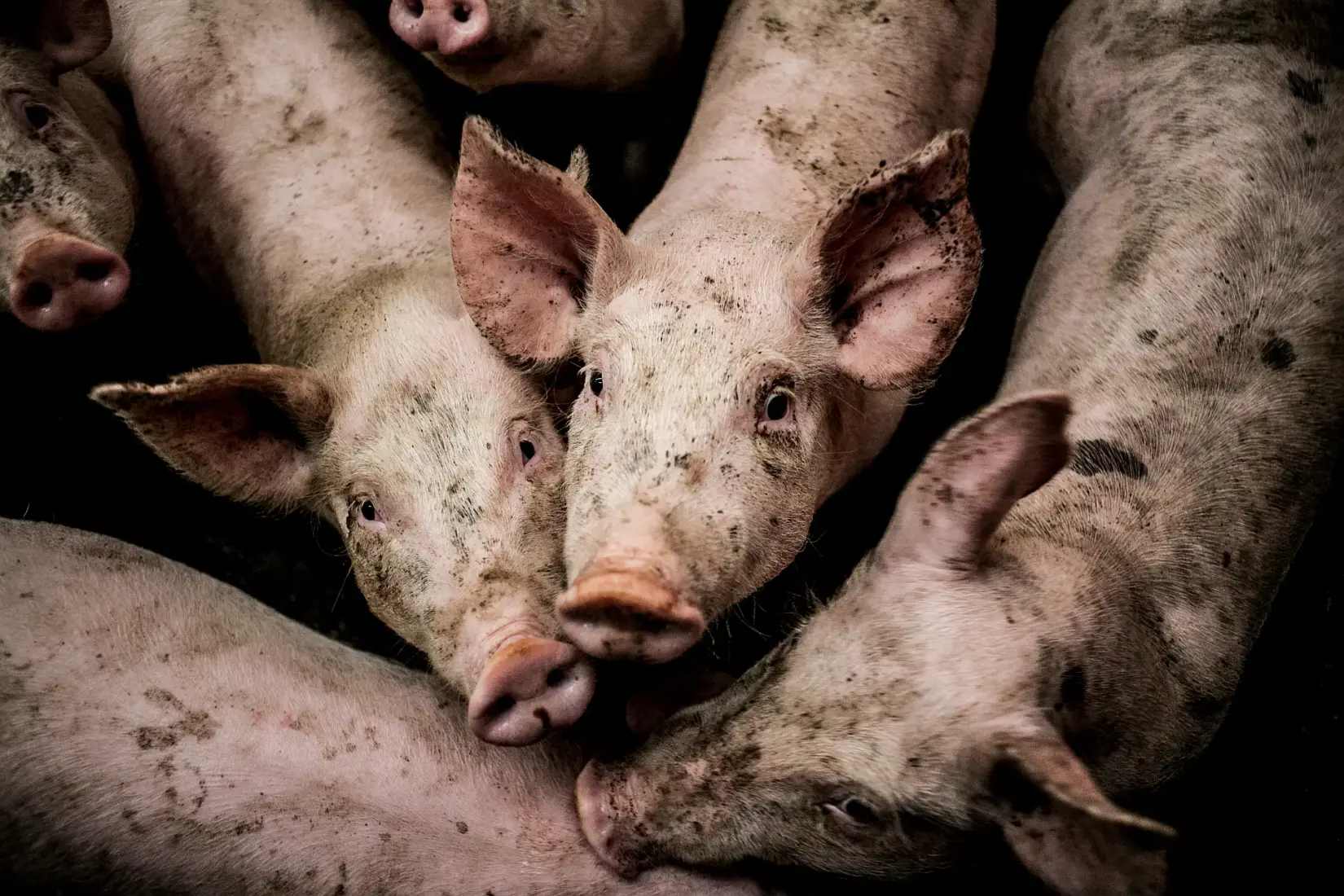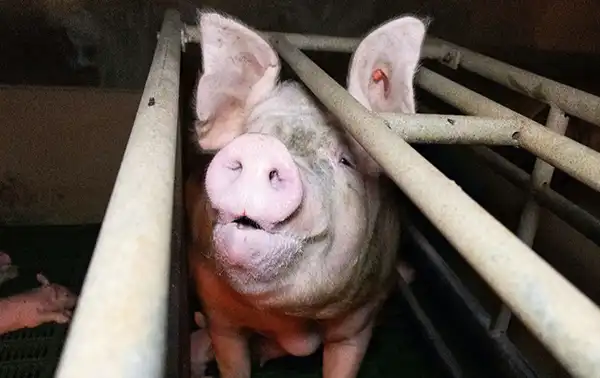Rhubarb

It may be tart but it’s full of surprises
Used like a fruit, it’s just the fleshy stalk of the rhubarb plant that is eaten but never the leaves – they’re slightly poisonous.
Nutrients in rhubarb
Rhubarb is low in fat, protein and carbohydrates and most of this carbohydrate content is fibre. Because of its tartness, however, it is usually combined with sugar in recipes – often quite a lot of sugar!
When it comes to vitamins and minerals, rhubarb is a great source of vitamin K – crucial for blood clotting and healthy bones. It also has a lot of vitamin C, which is needed for damage repair in the body, for healthy bones and teeth, and it helps us absorb iron from our diet. Rhubarb also contains small amounts of B vitamins and beta-carotene that your body turns into vitamin A.
Perhaps surprisingly, rhubarb contains many minerals, such as iron, magnesium, manganese and potassium but only in small quantities. It is a rich source of calcium – but don’t get excited as our bodies can absorb only very little of it due to oxalic acid which rhubarb contains and which blocks calcium absorption to a large degree.
Anti-cancer compounds
There are pigments in rhubarb stalks which are called anthocyanins and they’re responsible for its rich pink and red hues. They are not just pretty but are also powerful antioxidants and have cancer-preventing properties. Anthocyanins are found in rhubarb, berries, plums, red onions, red grapes and black beans and if consumed regularly can help protect your health.
Good for the heart
Rhubarb is a good source of healthy fibre and has been shown to be able to reduce cholesterol in people with high levels. Its anthocyanins protect your blood vessels from inflammation and damage, which is particularly helpful for people with high blood pressure.
Gut friendly food
Rhubarb fibre provides food for good gut bacteria to thrive and that helps to keep your gut wall healthy, protects it from cancer and can boost your immune system. In addition, rhubarb contains a few compounds that have a mild laxative effect – too weak to cause problems but strong enough to help people who suffer from constipation.
Liver champion
In traditional folk medicine, rhubarb is used to improve liver health and some modern studies show it might, indeed, help with this. In a study of people with non-alcoholic fatty liver disease, rhubarb helped to reduce the symptoms. As liver has a great capacity for self-renewal, it seems rhubarb can support this regeneration. However, more research is needed to be certain how effective rhubarb is.
If you suffer from a liver condition that requires medical treatment, consult your doctor before reaching for rhubarb because while it can help in some cases, it may cause problems in others, especially in combination with certain drugs.
Immunity booster
Rhubarb contains high amounts of vitamin C, antioxidants and compounds called anthraquinones that have antibacterial properties. This trio helps rhubarb to protect you from infection while also fighting infection that may happen when you’re ill.
Great for the skin
Your skin requires many nutrients to stay firm and supple and rhubarb provides several of them. Vitamin C is important for collagen production in the skin, antioxidants protect your skin cells from damage, beta-carotene turns into vitamin A that your skin needs and the antibacterial compounds protect your skin from unwelcome invaders.
Menopausal aid
Several studies reveal that rhubarb root extract can help relieve menopausal symptoms, such as hot flushes and anxiety. It reduces both the severity and frequency of hot flushes and doesn’t have any adverse effects.
Kidney saviour
Rhubarb extract has been successfully used in chronic renal failure – the slow deterioration of kidney function. It helps to slow the progression of the disease and works well in combination with medication. The amount of rhubarb we normally eat is too low to achieve this effect, however, so you need the concentrated extract.
How to store rhubarb
Rhubarb is usually sold with leaves removed and if you grow it yourself, always remove leaves as quickly as possible after harvesting because they are poisonous. Unwashed rhubarb can be stored in the fridge for up to a week, best wrapped it in a paper towel to keep it crisp.
If you have too much rhubarb, freeze it! The best way is to cut it in small chunks and separate them on a tray so they don’t become a frozen clump, or separate them into small portions.
Not for everyone
Rhubarb can interfere with some medications so those with hormone-sensitive cancers or taking cytochrome P450 substrate drugs should avoid it. For people who take melatonin, digoxin, cyclosporine or methotrexate, rhubarb may not be entirely safe so consult your doctor to find out if you can or can’t eat it.
Also stay away from rhubarb If you suffer from kidney stones as the oxalic acid it contains can worsen the problem.
Make the most of it
Rhubarb’s tartness asks for sugar to make it palatable but there are ways to sweeten it without sugar overload. Try chicory root syrup, for example – it’s sweet but contains hardly any sugar. When cooking rhubarb or making rhubarb crumble, add finely diced dates for some healthy sweetness and if you’re preparing a rhubarb drink, add stevia to reduce the amount of sugar you might otherwise use.




